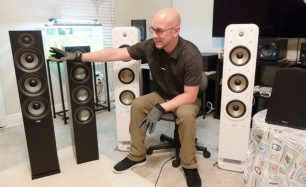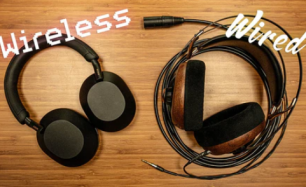The Benefits of High-Resolution Audio: Is It Worth the Investment?
In an age of streaming and convenience, the term high-resolution audio (or hi-res audio) has become a buzzword for audiophiles and casual music lovers alike. Promising sound quality far superior to standard digital formats, hi-res audio aims to bring listeners closer to what artists and producers hear in the studio. But as more high-end headphones, streaming platforms, and digital audio players embrace this format, the big question remains: Is it actually worth the investment?
For women who appreciate the emotional power of music—whether it’s the soundtrack to a morning workout or the soothing backdrop to a quiet evening—understanding the value of hi-res audio can help you decide whether to stick with your current setup or upgrade to something more immersive.

1. What Is High-Resolution Audio, Really?
High-resolution audio refers to music files that offer greater detail and clarity than compressed formats like MP3 or even standard CD-quality files. Typically, hi-res audio files have a higher sampling rate (often 96kHz or 192kHz) and bit depth (24-bit versus the CD’s 16-bit), meaning they capture more of the original recording’s nuances.
In simple terms, you hear more. More depth, more range, more realism. Instruments sound fuller, vocals are clearer, and the space between sounds becomes more defined. It’s like the difference between looking at a photo on your phone and seeing a high-resolution print—there’s just more to experience.
2. When the Difference Matters
The benefits of hi-res audio are most noticeable in quiet environments, with high-quality playback equipment—like premium headphones, DACs (digital-to-analog converters), or speakers that can handle the extended dynamic range. If you’re someone who enjoys sitting down and truly listening to music, hi-res formats can offer an emotional richness and presence that’s hard to find in compressed audio.
Genres like jazz, classical, acoustic, or live recordings tend to shine in hi-res, where delicate details like breath, bow strokes, or ambient room noise add texture and realism. Even in pop or electronic music, the extra clarity can reveal layers that standard formats often flatten or hide.

…
3. Do You Need to Upgrade?
If you mostly listen to music casually—while commuting, exercising, or through basic Bluetooth earbuds—standard streaming quality (like Spotify or Apple Music’s default settings) may be more than enough. The convenience, portability, and accessibility are hard to beat.
However, if music plays a big role in your life and you crave a deeper connection to what you hear, investing in hi-res audio can be deeply rewarding. Platforms like TIDAL, Qobuz, and Amazon Music HD now offer hi-res streaming, and many manufacturers have released headphones and gear designed to bring out the best in these formats.
Final Thoughts
High-resolution audio isn’t just about numbers—it’s about experience. For some, the difference may be subtle. For others, it’s transformative. If you value sound as more than just background noise and want to hear your favorite songs in a way that’s closer to how they were meant to be heard, hi-res audio might be well worth the investment.
After all, music has the power to move us. Why not hear every detail?








